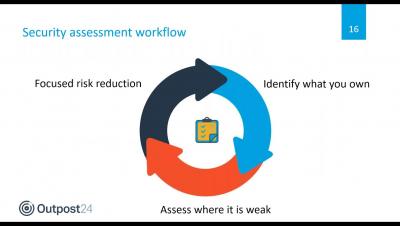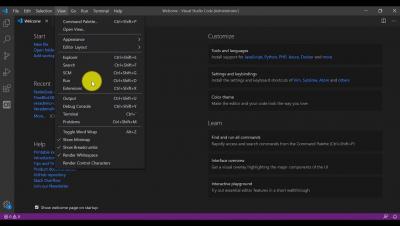Security | Threat Detection | Cyberattacks | DevSecOps | Compliance
Testing
White Box Testing Guide
The ultimate objective of any software developer is to create performant, secure, and usable applications. Realizing this goal requires every application to be tested thoroughly. Testing is therefore a critical aspect of creating robust applications. It’s what ensures the developed software meets the desired quality expectations. This blog examines one of the vital testing methods: white box penetration testing.
Driving the Cybersecurity Agenda with the C-Suite and Boards
Scanning Source Code Using Veracode for VS Code
In this video, you will learn how to:
- Scan a file using Veracode for VS Code
- Scan a folder using Veracode for VS Code
- Configure Auto-Scan in Veracode for VS Code
Learn more in the Veracode Help Center: https://help.veracode.com/reader/IT9dCjj7VSZ73aW43yg81Q/h~XRnGHCba5kykhwN6U7wA
Install Veracode for VS Code to Run IDE Scans
Veracode State of Software Security Vol. 11
Veracode Origin Story
The Devil's in the Dependency: Data-Driven Software Composition Analysis
Install Veracode for VS Code to Run Greenlight Scans
Can SAST tools improve developer productivity?
Organizations are increasingly agile today, producing and deploying software applications faster than ever before. But this requires all the elements in the software development life cycle (SDLC) to work together cohesively. Security practices in the SDLC become especially important, given that more than half of security flaws result from preventable coding mistakes. Ensuring that developers are on board with security practices is even more critical to improve the process efficiency.











